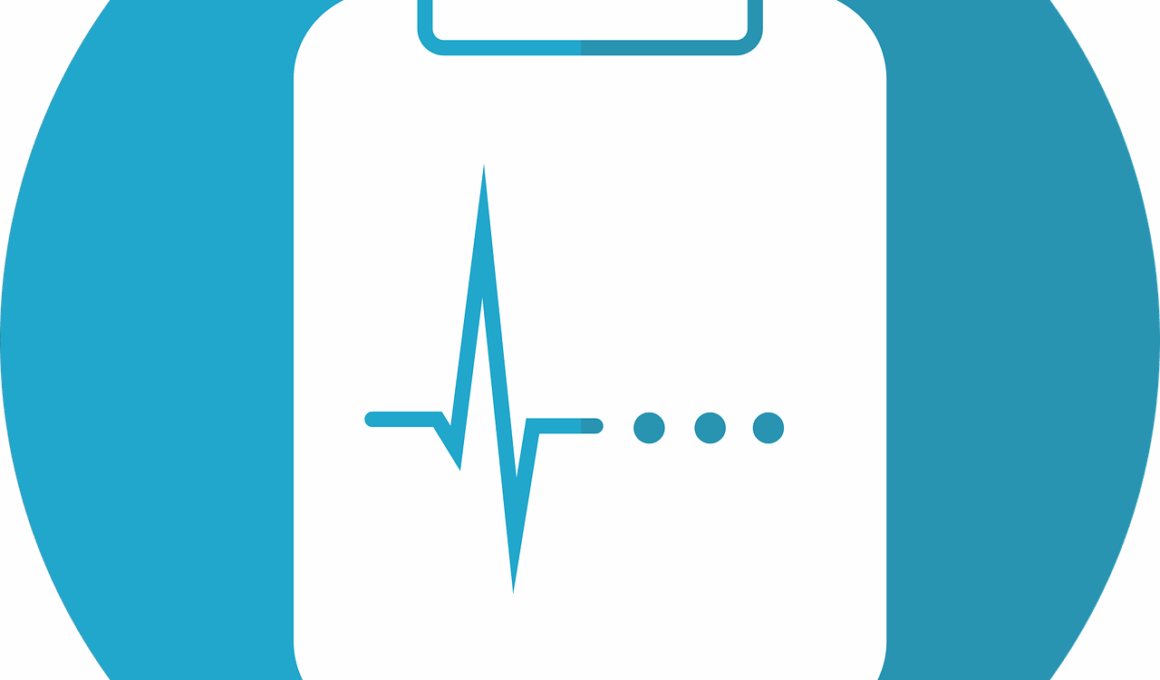Tips for Keeping Payroll Records Organized
Effective payroll management is crucial for every business. Keeping payroll records organized reduces errors, eases audits, and ensures compliance with tax regulations. To maintain accurate payroll records, start by setting up a systematic filing system. Use both physical and digital formats to store documents. For digital records, use secure cloud storage to back up files regularly. Ensure that all payroll records, such as employee time sheets, wage records, and tax forms, are stored securely. An organized payroll system prevents the loss or misplacement of essential documents and accelerates access to information when needed. Additionally, invest in payroll management software to simplify tracking and recording of payroll data. Look for software that integrates with other financial systems to support comprehensive management. Keeping employee and contractor information up to date is also vital. Regularly verify that personal details are accurate and complete to avoid future inconveniences in payroll processing. Include a checklist to review important documents regularly, such as contracts and compliance papers, which further secures your payroll processes and ensures they are comprehensive, efficient, and compliant.
One of the best practices for maintaining organized payroll records is to establish a payroll calendar. This calendar should include all critical dates, such as payroll processing dates, tax deadlines, and employee review dates. By having a clear timeline, you can ensure that all tasks are completed on time, minimizing the risk of errors. Use reminders or alerts integrated with your payroll software to keep you informed ahead of these dates. This proactive approach reduces last-minute rushes and confusion. Encourage employees to submit their time sheets and any necessary documents ahead of deadlines, creating a more manageable workflow. Furthermore, segment payroll data effectively by categorizing records by department, employee type, or payment frequency. This will make it easier to locate specific records when needed. Implement standardized naming conventions for files to enhance searchability, which is essential for audits or inquiries. Make regular preparation for payroll audits by keeping comprehensive records that can be easily accessed and reviewed. Establishing an accountability process for maintaining records ensures continued accuracy, setting the groundwork for improved financial management.
Ensure Security and Compliance
Security of payroll data cannot be overstated due to sensitive information it contains about individuals. It’s essential to establish robust security measures for both physical and digital payroll records. Use password protection for digital files and limit access to authorized personnel only. For physical documents, store them in locked filing cabinets or safes. Regularly train employees on best practices for data security to prevent breaches and ensure compliance with data protection regulations. Familiarize yourself with legal requirements related to payroll record retention to ensure compliance with state and federal laws. Maintaining compliance not only protects your employees but also safeguards your business against potential legal issues. Regularly consult with legal and compliance experts to stay informed about changes in payroll laws that could impact your record-keeping. Additionally, perform periodic audits of your payroll processes to identify any discrepancies or areas needing improvement. By combining effective security measures with compliance strategies, you’ll improve your payroll management system, promoting trust and confidence among employees and stakeholders alike.
Regularly review and update your payroll policies to ensure they remain relevant and effective. Establish clear protocols for employees on how to handle payroll inquiries. Designate specific contact points in your organization for addressing payroll matters, which simplifies communication and streamlines processes. As your business grows or changes, being adaptable to shifts in workforce dynamics is crucial. Consistent training of payroll staff is essential to keep them informed of updates to laws, technologies, and procedures. Furthermore, schedule periodic meetings to discuss payroll performance and address any recurring issues promptly. Discuss feedback from employees regarding payroll systems openly, allowing staff to share their experiences, which can lead to improvements. Engaging with employees also promotes a culture of transparency and accountability. Conduct annual reviews of your payroll technology to assess whether it’s fulfilling your organization’s needs. Explore new advancements that could enhance the efficiency of payroll processing, enabling you to stay ahead in the development of payroll management practices.
Backup Your Payroll Records
Another tip for keeping payroll records organized is to regularly back up your information, both digitally and physically. With the increasing risk of technical failures and data breaches, having reliable backup systems is vital for protecting payroll data. A dual approach can help safeguard against unexpected disasters: keep copies both locally and in a secure offsite location. Cloud solutions are excellent for ensuring data is stored safely while allowing easy access from any location. Consider packaging backup files in a secure manner, encrypting them where necessary to enhance security. Test your backup systems periodically, ensuring you can access and restore data quickly after any incident. Defining clear procedures for backing up and restoring payroll records is critical. Document each step to follow during a data recovery process, which can save valuable time in emergencies. Ensure all team members involved in payroll management understand these backup protocols to maintain continuity in case of disruptive events. This comprehensive approach to backups will greatly reduce stress during audits or incidents while ensuring your payroll practices remain uninterrupted.
In summary, keeping payroll records organized is achievable through diligent practices and effective tools. Start with a structured filing system, establish a payroll calendar, and ensure robust security measures. Regularly update and review your payroll policies to adapt to changes seamlessly and train your staff consistently. The role of effective communication with employees about payroll processes cannot be overstated. Encourage transparency and be open to feedback to enhance payroll operations further. Implementing a reliable backup system is essential for protecting payroll data and ensuring its accuracy. Consideration of all these elements will not only improve the organization of your payroll records but also contribute to overall financial health and efficiency in your business operations. Engage with payroll professionals or consultants if needed to facilitate these improvements. The combination of proper organization, thoughtful planning, and responsive approaches will help maintain a compliant and efficient payroll processing environment. By employing these formulated tips, your payroll records can remain accurate, secure, and accessible when necessary, ultimately contributing to the overall success of your business.
Integrating technology into your payroll management can also significantly improve the organization of your records. Invest in reliable payroll software that automates repetitive tasks, which minimizes human errors and saves valuable time. Many solutions offer features such as automated tax calculations, direct deposits, and electronic record-keeping. By automating payroll functions, you can focus more on strategic aspects rather than administrative duties. Always ensure your chosen software includes components for tracking employee attendance and performance. This provides a holistic view of payroll processes while ensuring accuracy in wage calculations. Regular upgrades and updates of your payroll software are also crucial for maintaining security and efficiency. Follow industry trends closely to identify upcoming technologies that could further enhance your payroll management. Engage with your software provider for support, including training sessions for staff members. By thoroughly understanding how to leverage advanced technology, you will drastically improve your payroll record-keeping initiative while adapting to an ever-evolving digital landscape. The right blend of innovation along with traditional practices will facilitate a more coherent and organized payroll operation that meets the demands of today’s workplaces.
Lastly, ensure a spirit of continuous improvement in your payroll practices. Set goals for assessing how effective your payroll management system is and whether it meets organizational needs. Regularly collect feedback from payroll staff regarding existing processes, enabling you to identify areas that can be streamlined or automated. Fostering a culture of improvement helps address issues promptly rather than allowing them to evolve into larger problems. Look into professional development opportunities such as workshops or online courses for payroll professionals in your team to further enhance their skillsets. Knowledge about payroll management best practices can greatly improve overall efficiency. Consider establishing a payroll committee within your organization to regularly review payroll practices and suggest enhancements. This collaborative approach not only draws from diverse perspectives but also engages employees in the accountability of payroll management. Therefore, prioritize a commitment to excellence by continually refining organization strategies for payroll records. As a result, your payroll management system will evolve to meet the highest standards of compliance while ensuring employees feel valued and supported.


